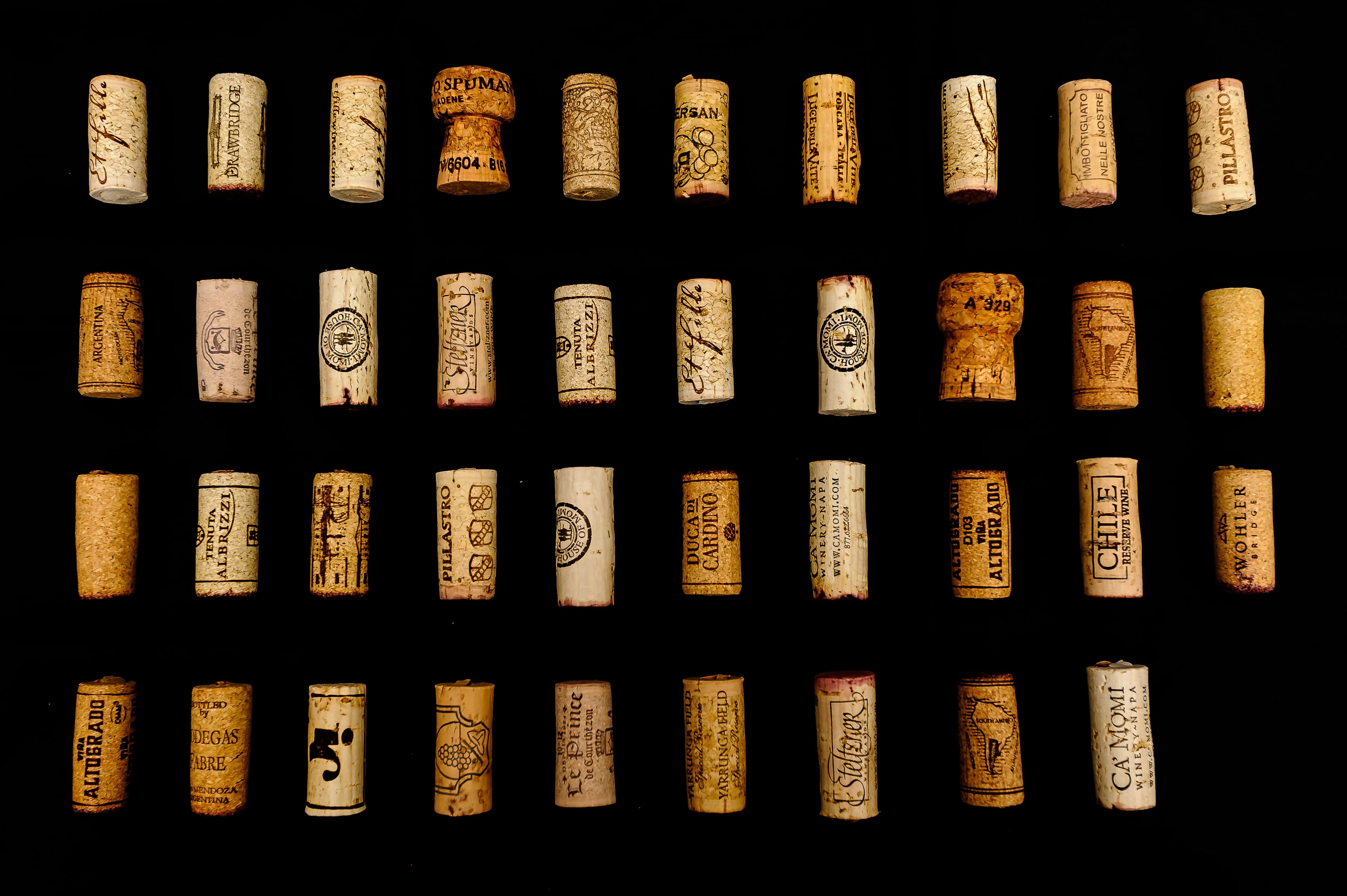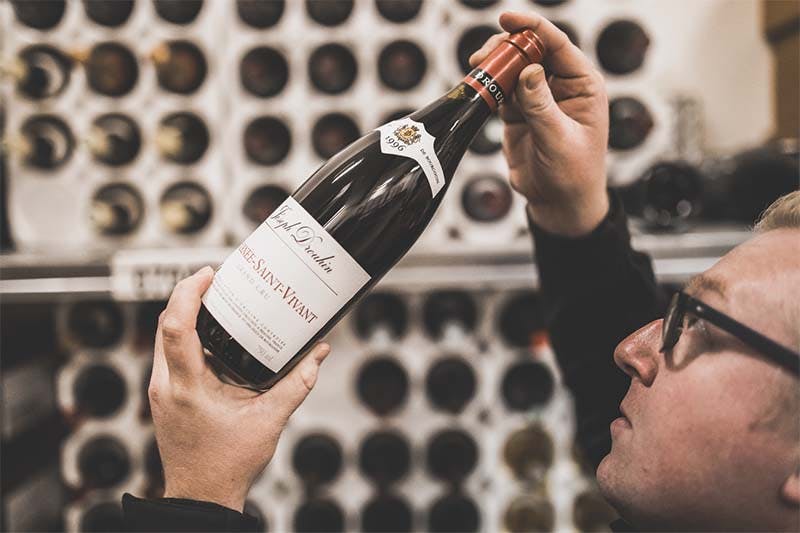
The Bordeaux vineyard, globally renowned for its exceptional wines, is home to numerous prestigious châteaux that have forged the region's reputation. These estates, true jewels of architecture and winemaking expertise, produce wines that enchant enthusiasts around the world. Discovering these great châteaux is to dive into the history and prestige of Bordeaux wines.
The First Growths
At the top of the Bordeaux wine hierarchy stand the first growths, exceptional estates whose reputation far exceeds the borders of France. These châteaux embody the excellence and prestige of Bordeaux wines.
History of the 1855 Classification
The 1855 classification, established at the request of Napoleon III for the Paris Exposition Universelle, profoundly marked the history of Bordeaux wines. This classification, initially conceived as a temporary commercial tool, has become an essential reference in the wine world.
The classification was carried out by the Bordeaux Wine Brokers Syndicate, which classified the red wines of the Médoc (excluding Château Haut-Brion in Graves) into five categories, from first to fifth growth, based mainly on the sale prices of the wines at the time. For sweet white wines, only those from Sauternes and Barsac were classified, with an additional category: Premier Cru Supérieur, awarded only to Château d'Yquem.
Despite its age and the numerous criticisms it has faced, this classification remains a global reference today. It has seen only one major change in over 150 years: the promotion of Château Mouton Rothschild from second to first growth in 1973, after decades of lobbying by its owner, Baron Philippe de Rothschild.
Presentation of the Five First Growths
The five first growths of the Médoc, often referred to as the "Fantastic Five," are:
Château Lafite Rothschild (Pauillac): Renowned for its elegance and finesse, Lafite produces wines of exceptional longevity. Its history dates back to the 17th century, and it is currently owned by the French branch of the Rothschild family.
Château Latour (Pauillac): Known for its power and structure, Latour is often considered the most "masculine" of the first growths. Its vineyard, with some plots dating back to the 14th century, benefits from exceptional terroir on the banks of the Gironde estuary.
Château Margaux (Margaux): A symbol of elegance and refinement, Margaux produces wines of unique aromatic complexity. The château, with its neo-Palladian architecture, is one of the most beautiful in Bordeaux.
Château Haut-Brion (Pessac-Léognan): The only first growth outside the Médoc, Haut-Brion is renowned for its unique character, blending power and finesse. It is also the oldest of the great Bordeaux crus, mentioned as early as the 16th century.
Château Mouton Rothschild (Pauillac): The last to join the first growths (promoted in 1973), Mouton is famous for its artistic labels, created each year by a different artist. Its wines are recognized for their opulence and aromatic richness.
These five estates produce some of the most sought-after and expensive wines in the world, with annual production typically ranging between 150,000 and 250,000 bottles per château.
Price and Demand Trends
The prices of first growths have seen a dramatic increase in recent decades, driven by growing global demand, particularly from Asian markets. For example, the average price of a bottle of Château Lafite Rothschild 2000 has risen from around €300 at release to over €1,500 today.
The demand for these exceptional wines far exceeds supply, contributing to high prices. According to a study by Liv-ex, the reference platform for fine wine trading, the value of first growths increased by over 200% between 2005 and 2020.
This price evolution has also impacted the market for collectible and investment wines. The great vintages of first growths have become sought-after assets for investors, with returns that can surpass many traditional financial investments.
The Super Seconds
Just below the first growths lies a non-official but widely recognized category: the "super seconds." These châteaux produce wines of exceptional quality, often comparable to the first growths, but at generally more affordable prices.
Definition of a "Super Second"
The term "super second" has no official definition, but it is commonly used in the wine world to designate châteaux that, while officially classified as second growths (or sometimes third or fourth), produce wines of quality close to that of first growths.
These estates are distinguished by the consistent quality of their production, their reputation among critics and enthusiasts, and often by prices that are higher than those of other wines in their official category. The concept of "super second" emerged in the 1980s, reflecting the efforts of some estates to improve the quality of their wines and approach the level of first growths.
Iconic Châteaux in this Category
Among the châteaux often considered "super seconds" are:
Château Léoville Las Cases (Saint-Julien): Often described as an "unofficial first growth," this estate produces wines of exceptional quality and longevity.
Château Cos d'Estournel (Saint-Estèphe): Recognizable by its unique Eastern-inspired architecture, Cos d'Estournel produces powerful and complex wines.
Château Pichon Baron (Pauillac): Neighboring Latour, this château produces elegant and structured wines that often rival first growths.
Château Palmer (Margaux): Although classified as a third growth, Palmer is widely regarded as one of the best wines of Margaux, sometimes preferred to the first growth of the appellation.
Château Ducru-Beaucaillou (Saint-Julien): Renowned for its elegance and finesse, Ducru-Beaucaillou is one of the jewels of Saint-Julien.
These châteaux, along with others like Léoville Barton, Montrose, or Lynch-Bages, have reached the level of the greatest thanks to significant investments in their vineyards and cellars, and a constant pursuit of quality.
Quality-Price Ratio of Super Seconds
One of the main attractions of super seconds lies in their excellent quality-price ratio, especially when compared to first growths. Although their prices have also increased in recent years, they generally remain more affordable than those of first growths.
For example, while a bottle of Château Lafite Rothschild 2016 sells for around €800, a Léoville Las Cases from the same vintage can be found for about €250. This price difference, combined with often comparable quality, makes super seconds preferred choices for many enthusiasts and collectors.
According to an analysis by Wine Lister, a fine wine evaluation platform, super seconds provide an average better return on investment than first growths over a 5 to 10 year period. This trend is partly due to a greater price progression margin and a broader consumer base.
Emerging Châteaux
Beyond historical classifications, the Bordeaux wine landscape is constantly evolving. New talents are emerging, bringing fresh perspectives and innovative approaches to Bordeaux tradition.
New Talents in Bordeaux
In recent years, several estates have distinguished themselves through the increasing quality of their wines and their innovative approach. Among them:
Château Pédesclaux (Pauillac): Acquired in 2009 by Jacky Lorenzetti, this fifth growth has undergone a spectacular transformation, both architecturally and qualitatively.
Château Fonplégade (Saint-Émilion): Under the direction of American couple Stephen and Denise Adams since 2004, this estate has established itself as one of the most promising in Saint-Émilion.
Clos Puy Arnaud (Castillon Côtes de Bordeaux): Led by Thierry Valette in biodynamics, this estate produces wines that rival the best of Saint-Émilion.
These châteaux, along with others like Château Le Puy or Château de Rouillac, illustrate the dynamism and capacity for innovation in the Bordeaux vineyard.
Innovations in Viticulture and Winemaking
Emerging châteaux often stand out for their innovative practices, both in viticulture and winemaking:
Organic and Biodynamic Viticulture: More and more estates, like Château Pontet-Canet or Château Palmer, are adopting these practices to produce more authentic and environmentally-friendly wines.
Parcel-based Vinification: This approach, which involves vinifying the grapes from each plot separately, allows for greater precision in the final blends.
Use of Gravity: Wineries designed to operate by gravity, like that of Château Cheval Blanc, allow for gentler handling of grapes and wine.
Experimentation with Containers: Some estates, like Château Pédesclaux, use concrete eggs or clay amphorae for aging their wines.
These innovations reflect the Bordeaux winemakers' commitment to adapting to contemporary challenges, including climate change and evolving consumer tastes.
Châteaux to Watch for Aficionados
For enthusiasts looking for new discoveries, several châteaux deserve particular attention:
Château La Conseillante (Pomerol): Already renowned, this estate has seen impressive qualitative renewal in recent years.
Château Beauséjour Héritiers Duffau-Lagarrosse (Saint-Émilion): This Premier Grand Cru Classé B produces increasingly high-quality wines that rival the best in the appellation.
Château Laroque (Saint-Émilion): Under the leadership of David Suire, this Grand Cru Classé is experiencing a remarkable rise in quality.
Château Haut-Bailly (Pessac-Léognan): Already recognized, this estate continues to improve and produces wines of remarkable finesse.
These châteaux, through their dynamism and the increasing quality of their wines, represent the future of the Bordeaux vineyard. They demonstrate that, despite its centuries-old history and sometimes rigid classifications, Bordeaux remains a wine region in constant evolution, capable of surprising and innovating while respecting its traditions.
The great châteaux of Bordeaux, whether established by history or in full ascent, continue to shape the identity and reputation of this exceptional wine region. From first growths to emerging estates, including super seconds, each contributes to the richness and diversity of Bordeaux wines. For both enthusiasts and collectors, exploring these châteaux offers a fascinating journey into one of the world's greatest vineyards.
Share this article











